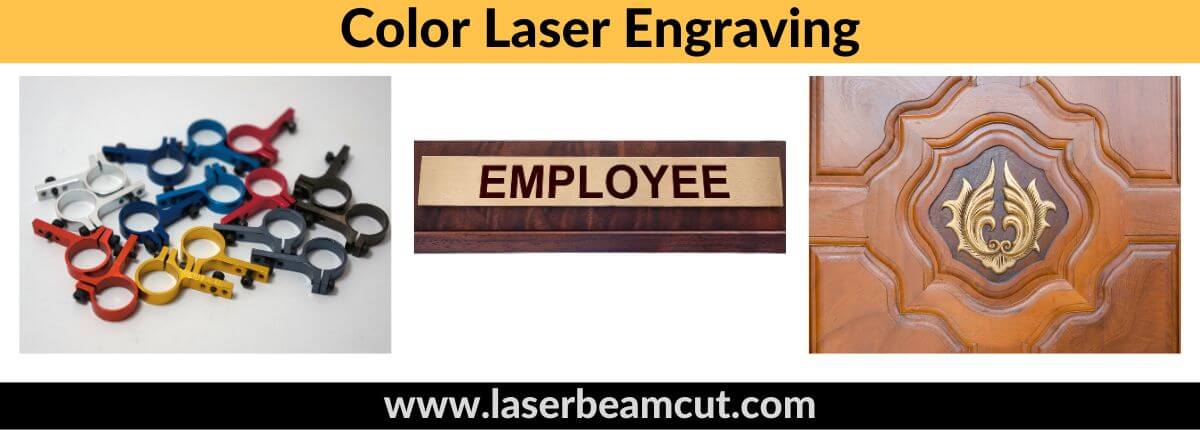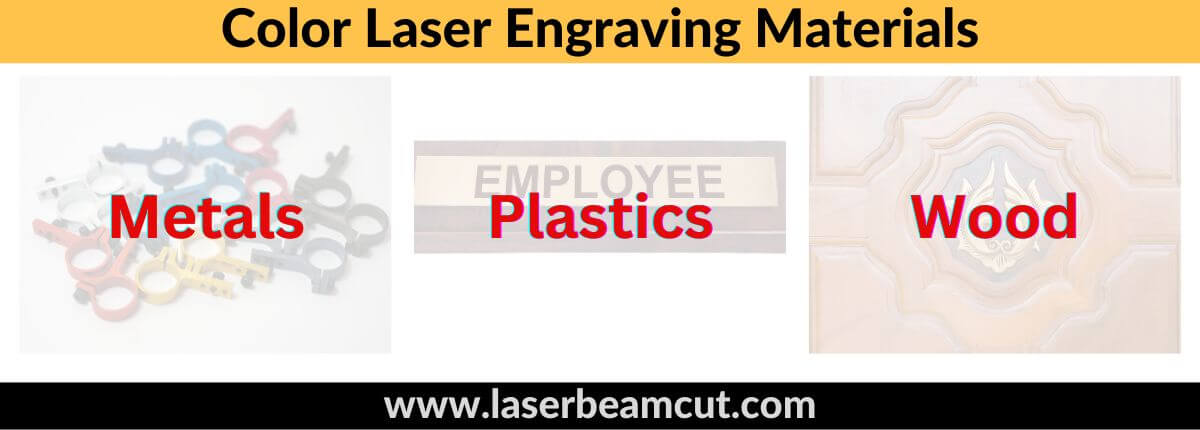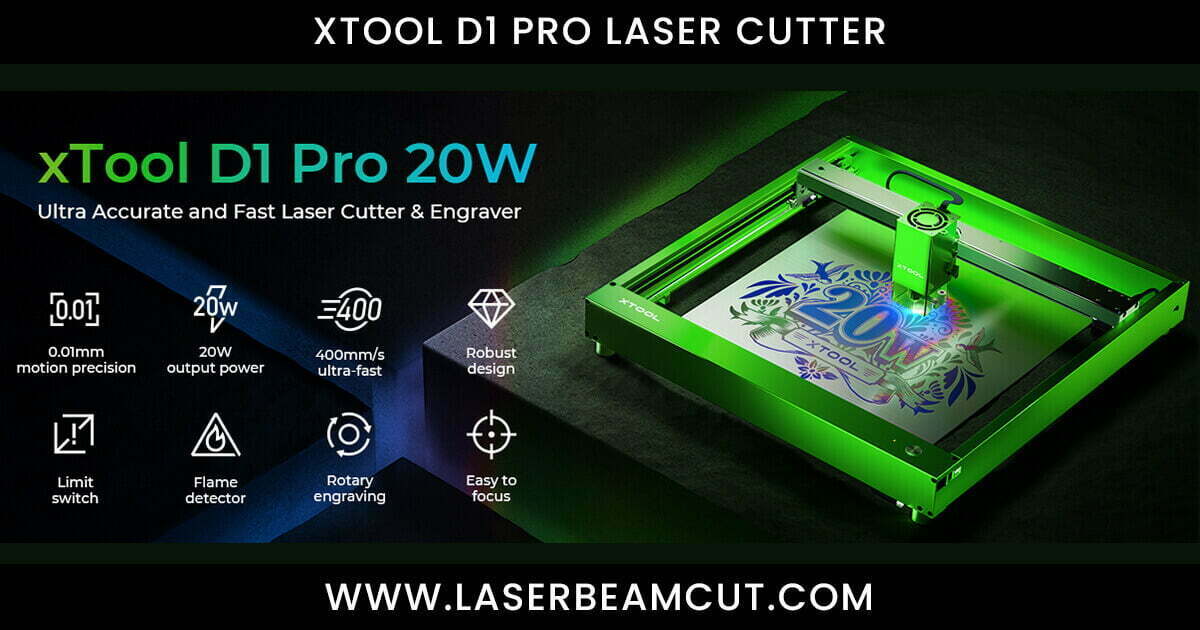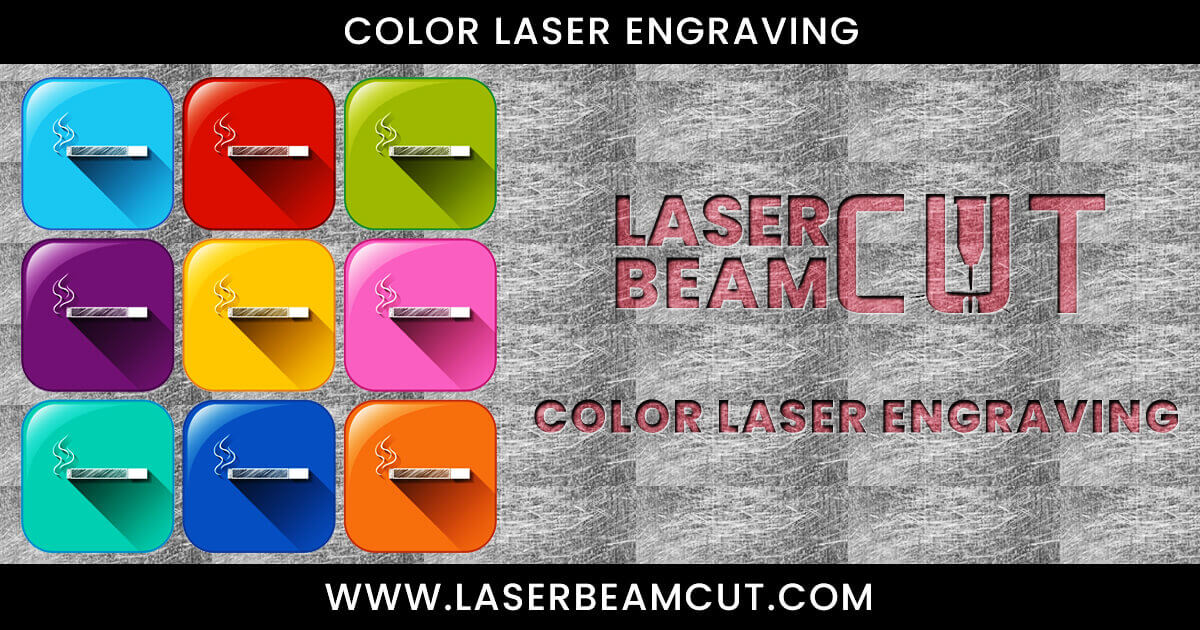Color laser engraving is a fascinating technique that combines vibrant colors with intricate designs, resulting in visually captivating creations. The vivid hues produced by this method, including various shades and tones, are truly appealing to the eye. When applied to different materials and objects, the results are stunning and can elevate the aesthetics of any project
At the core of color laser engraving lies the laser engraving machine, a powerful tool that enables precise engraving and cutting. Businesses and individuals alike can use this technology to create intricate patterns and designs. By harnessing the capabilities of a laser engraving machine, artists and entrepreneurs can unleash their creativity and bring their visions to life.
The purpose of this article is to explain the process of color laser engraving, answering questions that may arise along the way. Whether you are new to this technique or seeking to enhance your understanding, we have got you covered. By the end of this article, you will have a clear understanding of how color laser engraving is done and why it is considered the best option for achieving remarkable results.
What is color laser engraving?
Color laser engraving is a popular and rapidly growing concept in the field of laser engraving. This innovative technique utilizes a laser machine to create colored engraved parts from various materials such as wood, metal, and plastic. You can create numerous creative and attractive designs with this method.
Unlike traditional engraving methods that primarily produce black or gray markings, colored engravings offer a vibrant and colorful palette. Their machines use vivid colors, including blue, yellow, green, pink, and more, to enhance the visual appeal of the engraved objects. This technique is particularly advantageous for business owners who seek unique and eye-catching products to attract customers.

When it comes to coloring engravings, the choice of material is crucial. Different materials yield different results, as the surface characteristics and properties vary. Wood, for example, provides a natural and warm aesthetic, while metal offers a sleek and modern look. Plastic, on the other hand, allows for a diverse range of colors and finishes.
How Does Color Laser Engraving Work?
It is a fascinating process that utilizes various methods and principles to create vibrant colors on different materials. The process needs a laser engraver and appropriate material to do this task. We can use artificial coloring agents before the engraving procedures to get the best-colored results.
When the laser beam interacts with the material, it turns the material into molten form and then evaporates its surface, leaving behind deeply engraved designs.
The evaporation of the melted material occurs at a controlled temperature, ensuring a precise reaction between the oxygen and the evaporated material. As a result of this reaction, a special colored layer is formed on the engraved surface, giving rise to the desired color.
Color marking spray to the material can enhance the color laser engraving process. These spray agents contribute even more vibrant and exciting colors to the designs.
The selection of various methods plays a crucial role in determining the outcome of the color laser engraving process. These methods are the
- Grating method
- Single Line Method
- Overlapping Method
- Melting and Solidification Method
Grating Method
The grating method is a highly effective technique for color engravings. It involves using a laser to create colored marks on the surface of a material.
In this method, we put the material’s powdered form on the material surface. When a high-powered laser beam interacts with it, the colored engraving material evaporates and forms a colored oxide layer on the surface.
The grating method is widely used for its ability to achieve precise and detailed results, making it a preferred choice in various industries.
Single Line Method
The Single Line Method in color laser engraving involves using a laser head to create intricate designs by engraving onto various surfaces. This method utilizes the properties of laser power, spot size, and engraving patterns to achieve desired outcomes.
Maintaining constant laser power throughout engraving is crucial to ensure uniform results. The spot size of the laser beam also plays a significant role, enabling artists to incorporate intricate details or create bold and prominent elements within their designs.
A fundamental element of the Single Line method is the laser head’s continuous path, which ensures a seamless engraving process without any visible breaks or interruptions in the design. This seamless process enables the effortless creation of complex engravings, including geometric shapes such as spirals, squares, rings, and triangles.
Overlapping Method
The overlapping method is highly effective in color engraving, particularly when employing a laser head. In this method, the laser head moves in a controlled manner over the surface of the material, creating vivid and intricate engravings. The overlapping nature of the process ensures good contrast and varying brightness, resulting in visually striking color marks.
When engraving complex patterns, the number of passes and the regulation of laser power are crucial. It allows for precise material removal, ensuring that the desired patterns and details are rendered accurately. It is important to consider the suitability of the material, as engraving a part weak in structure may cause warping or damage.
Thin surfaces pose a unique challenge in the overlapping method. Care must be taken to prevent excessive material removal, which could compromise the integrity of the surface. Adjustments to laser power and the number of passes are essential in achieving optimal results while preserving the structural integrity of the material.
Melting and Solidification Method
Melting and solidification methods are crucial in the color laser engraving process. It is specifically critical when working with thin surfaces. Keeping the strength and integrity of the material while improving the color is the ideal approach.
The process involves a high-power laser that emits intense light to remove material from the workpiece’s surface. In the end, it gives a colored mark on the surface.
As a result of the laser’s heat, the material melts and solidifies during engraving. This controlled thermal treatment allows for the precise removal of material without damaging or weakening the workpiece. The surface’s microstructure changes as the laser’s power and duration are carefully controlled. Due to this, it leads to the formation of an oxide layer.
The laser’s high-power output facilitates the vaporization of the material. Which subsequently oxidizes to create the desired colored mark. The oxide layer formed during the process contributes to the brightness and longevity of the engraving. It ensures a vibrant and durable result on the workpiece.
This coloring engraving method enables the creation of intricate designs and detailed markings on various metals. It offers a versatile solution for customization and identification purposes.
What Materials Can You Add Color to Engraving?
Color laser engraving is a fascinating technique that allows the addition of vibrant colors to various materials, including metals, plastics, and wood. It offers exceptional results by employing advanced laser machines such as fiber laser engravers, diodes, or CO2 lasers. These cutting-edge devices enable precise engraving.

When it comes to metals, both stainless steel and titanium are suitable options for colored labeling. The powerful laser beams interact with the material surface, causing controlled vaporization and engraving. This method opens up endless possibilities for creative projects, from personalized jewelry to industrial parts such as metal business cards designs.
Similarly, plastics like ABS and polyethylene can be effectively engraved and colored using these techniques. The machine’s power and precision allow for intricate designs to be etched onto the surface of these materials. While the addition of vibrant colors enhances the final result. Whether a custom logo or a decorative element, it provides a durable and visually appealing solution.
Wood is another material that lends itself well to laser engraving in colors. The laser machine delicately engraves the surface, creating detailed patterns or text in colors.
Applications of Color Laser Engraving
It will give various benefits in various industries such as textile, construction, manufacturing, and many more.
- Customization and branding.
- Identification and tracking.
- High-quality product labeling.
- Artistic expressions.
- Enhanced security features
The Best Color Laser Engraver
When it comes to color laser engravers, the xTool D1 Pro 20W is a top contender. This laser engraving and cutting machine offers a powerful diode laser module that can effectively engrave on metallic surfaces and metals.
It is an ideal choice for small businesses, professionals, artists, and DIYers looking to enhance their productivity and creativity.
Features
One of the outstanding features of the xTool D1 Pro 20W is its movement precision. It comes up with a rotary attachment that enables engraving on spherical and cylindrical objects such as metal rings, balls, and tumblers.
This versatile engraver can handle various materials with ease. It is due to its robust design and metal structure, including metal shafts and wheels.

Software
The xTool D1 Pro 20W provides beginner-friendly software that makes the engraving process easier. It offers safety features like limit switches and a focus lever, ensuring optimal safety while operating the machine.
Whether you’re working with wood, acrylic, or glass, this engraver provides excellent results and allows for precise adjustments.
Material Support
The xTool D1 Pro supports a wide range of materials, including wood, acrylic, and glass, allowing you to unleash your creativity and engrave on various surfaces.
To further expand its capabilities, you can enhance its functionality with compatible accessories and attachments. This versatility enables users to customize their engraving projects and achieve remarkable results.
Size And Specs
Some features of this engraver are listed below:
| XTool D1 PRO PARAMETERS | Values |
|---|---|
| POWER | 20 Watt |
| Machine Size | 38.8 x 15.2 x 5.9 inches |
Working Area | 16.93 x 15.35 x 2 inches |
| Engrave Speed | 400 mm/s |
Movement Precision | 0.01 mm |
| Engrave Type | Rotary |
With its compact size, affordable price, and incredible engraving speed, the xTool D1 Pro is an excellent investment for those seeking high productivity and precision in color laser engraving. Its cutting-edge technology and user-friendly features make it easier than ever to bring your creative ideas to life.
The engraver also supports positioning adjustments, ensuring precise placement of your designs and enhancing the overall quality of your engravings.
Upgradation of Engravers
As technology continues to advance, the xTool D1 Pro keeps up with the latest trends and offers upgrade options to stay ahead of the competition. Its compatibility with the latest accessories and software updates ensures that you can always enjoy the most up-to-date features and functionalities in color laser engraving.
Summary
Color laser engraving offers a wide range of possibilities for businesses and individuals alike. With the use of a laser machine such as the xTool D1 Pro, one can create unique and extraordinary products with vivid colors.
With the integration of a powerful laser module, the color laser engraving technique enables precise cutting and engraving on a diverse range of materials, encompassing metals as well as plastics. Beginners and small businesses can benefit from this technique. As it provides an incredible level of detail and quality.
The color options, including green and pink, are vibrant and eye-catching, making the engraved items stand out.
FAQS
1. Is color laser engraving long-lasting?
Ans: Color laser engraving can be long-lasting and survive daily washing, cleaning, and scratching. It can withstand abrasive conditions and maintain its depth over time.
However, the longevity of color laser engraving depends on various factors, including the quality of the engraving, the material being engraved, and the care taken to protect it.
In general, color laser engraving has a higher chance of being long-lasting compared to other engraving methods, but it is important to consider the specific circumstances and conditions in which it will be used.
2. What is the best setting for laser engraving?
Ans: The best setting for laser engraving depends on several factors, including the resolution (measured in DPI), the type of engraving (such as photo engraving), the specific applications, and the size of the material being engraved. In most cases, a resolution of 300 or 400 DPI would be suitable.
However, if you require more intricate details or plan to engrave photos, a higher resolution like 600 or 1200 DPI might be necessary. It’s important to consider what you want to achieve and the characteristics of the material you are working with when determining the ideal settings for laser engraving.
3. How does laser engraving work with color?
Ans: Color is incorporated into laser engraving through a process that involves directing a laser beam onto the material. When the laser beam impinges on the material, it generates a great deal of heat. This heat exposure causes changes in the color of the material, resulting in the creation of contrast.
Depending on the exposure time, the color changes may vary. In some cases, the material may evaporate or even burn. However, the laser engraving produced through this process is permanent and highly resistant to abrasion.

